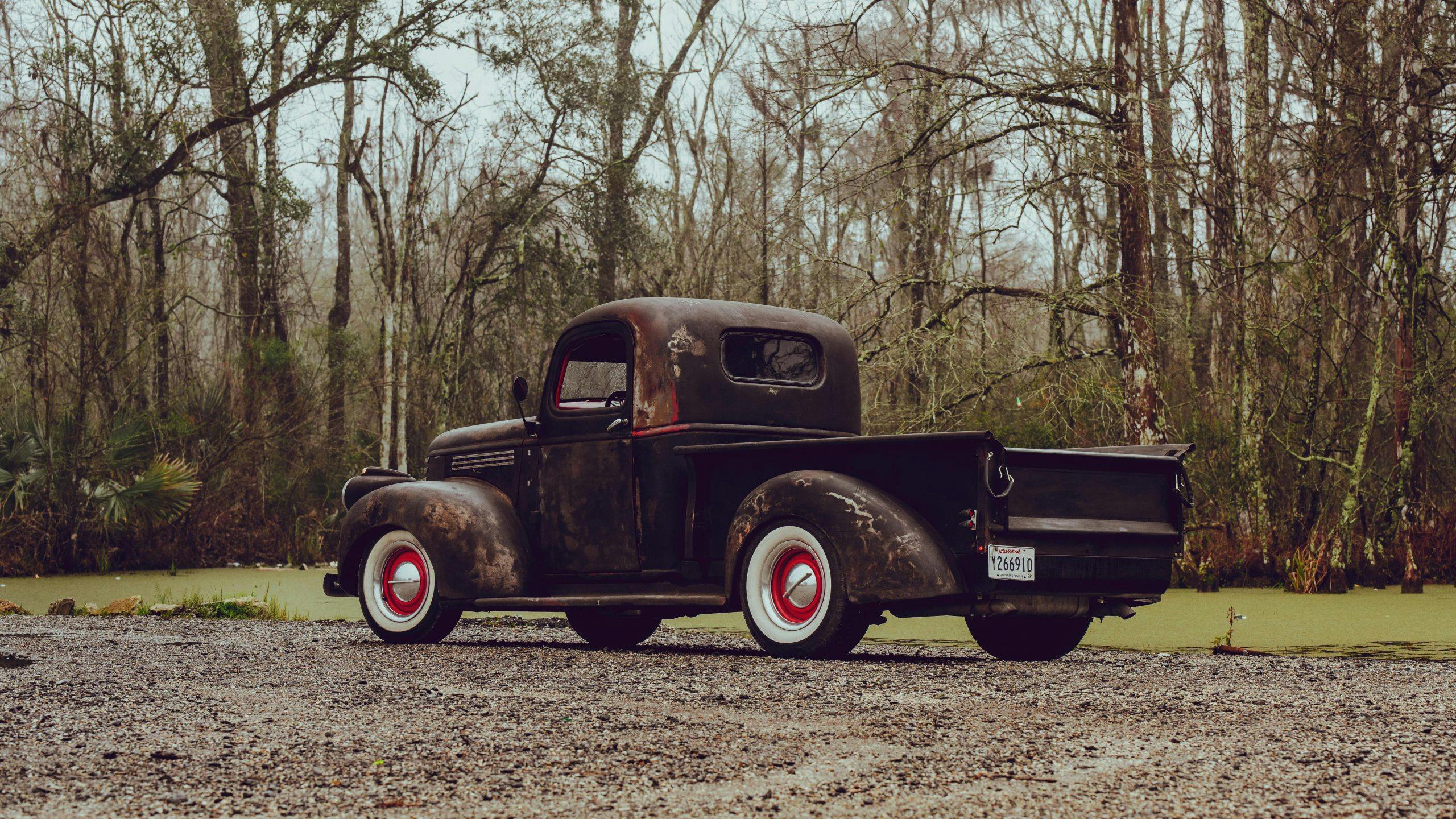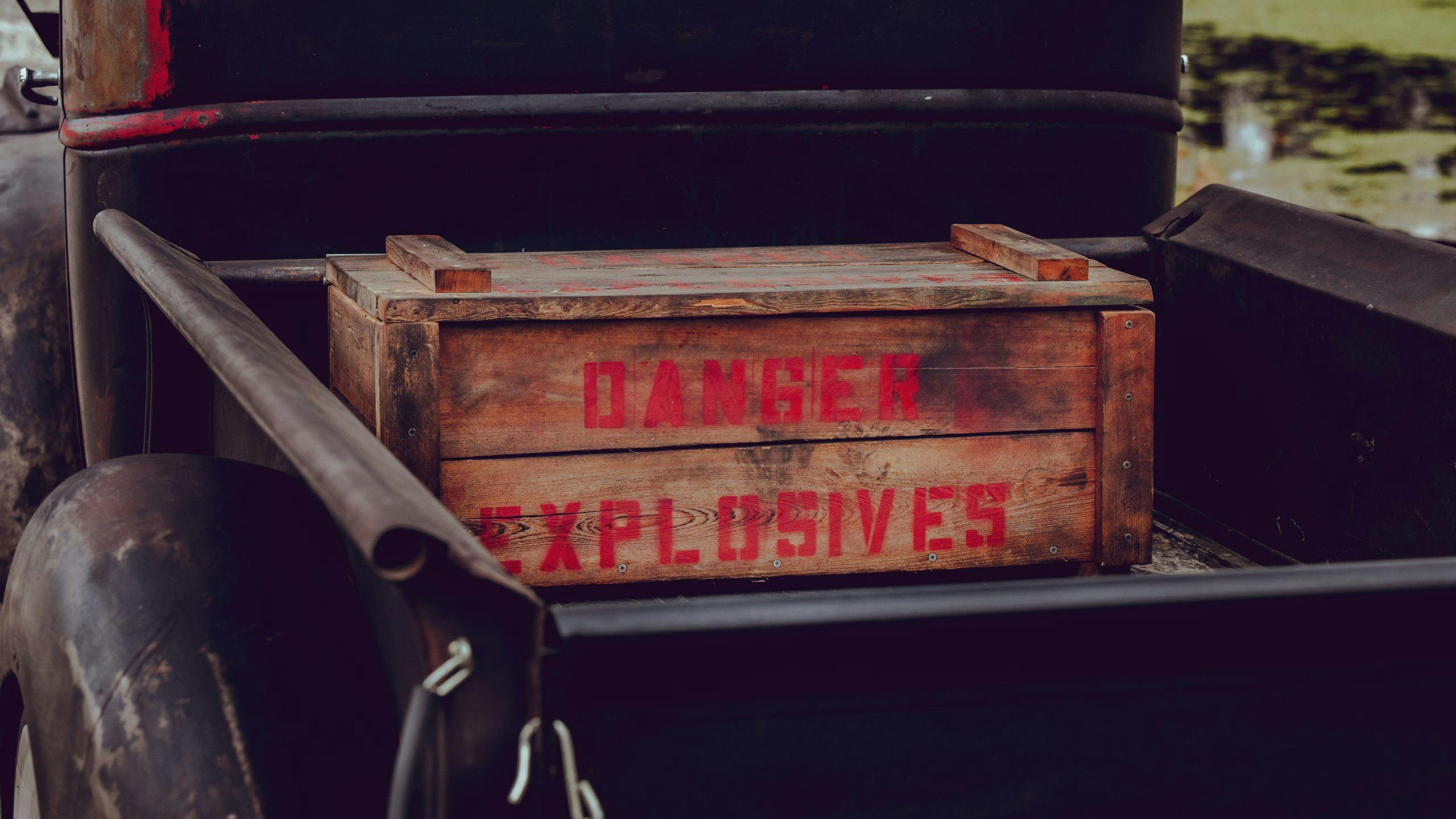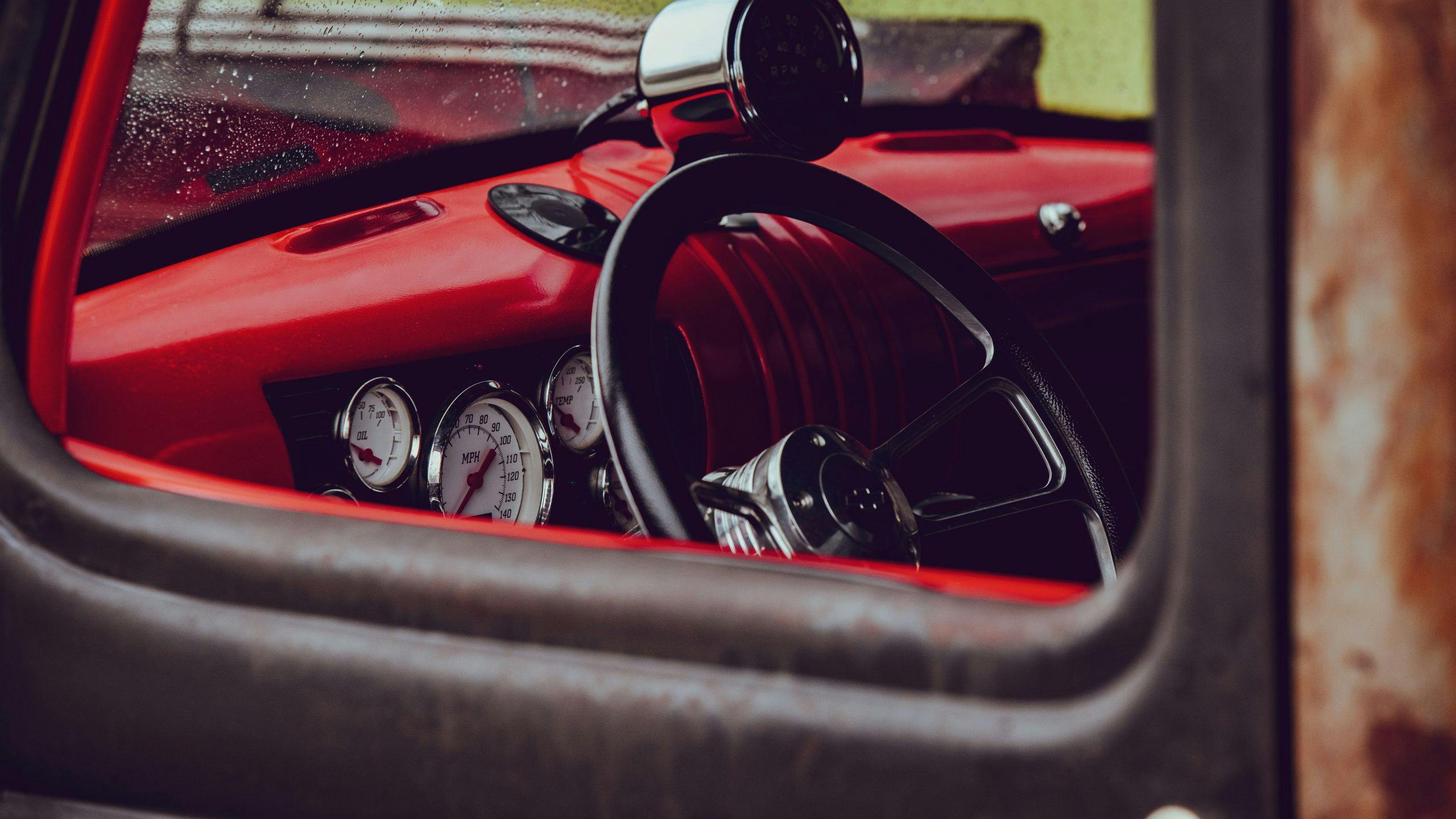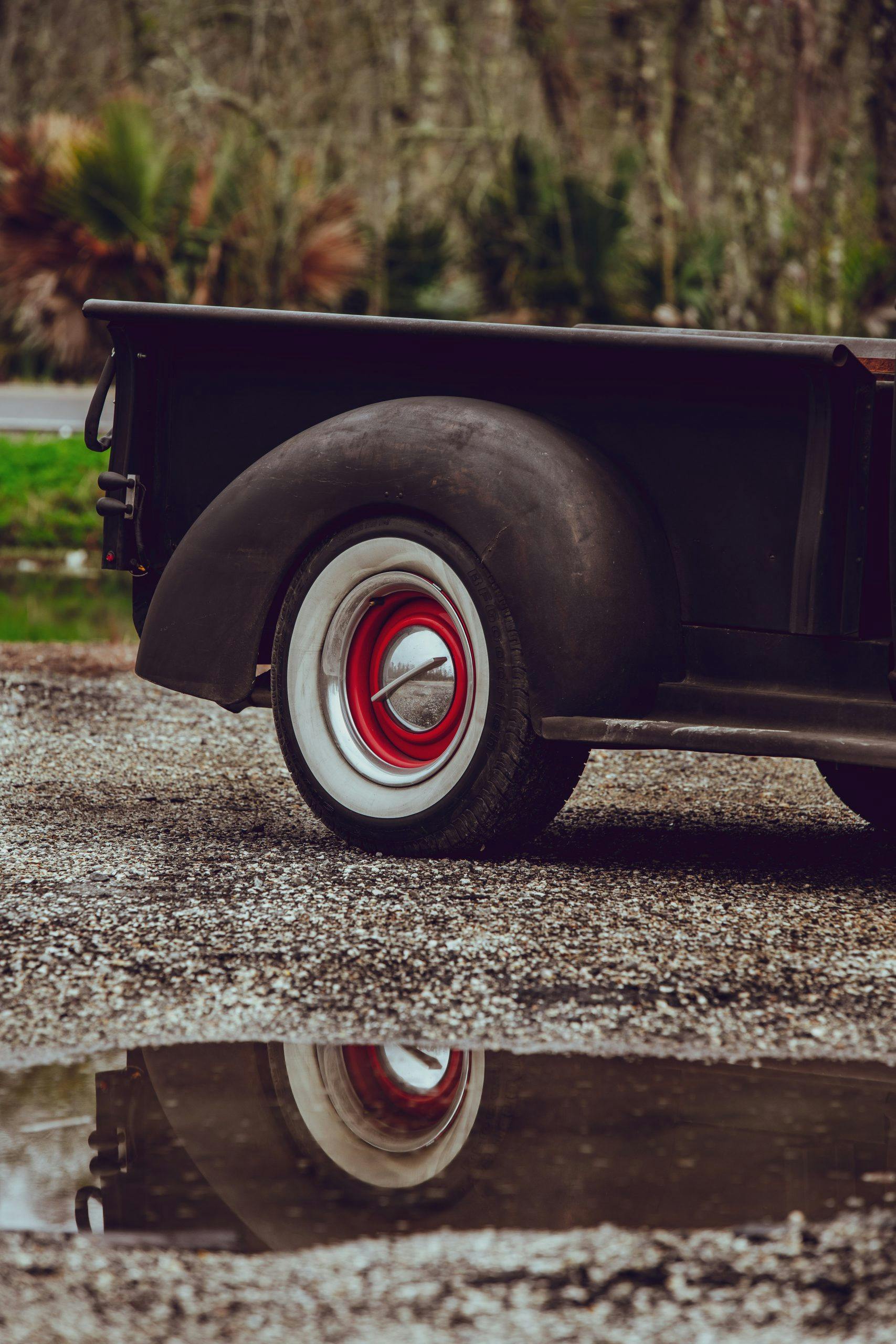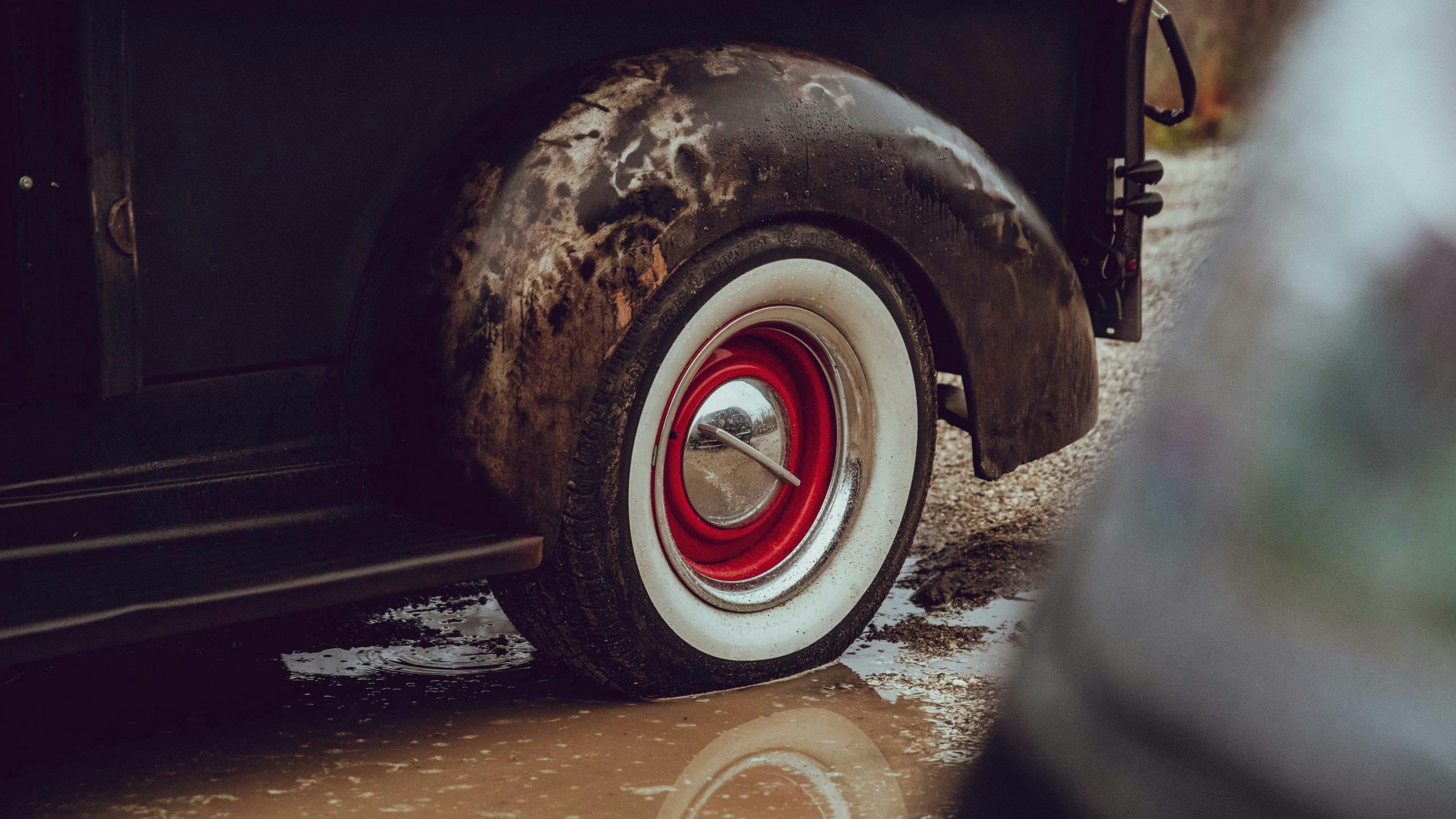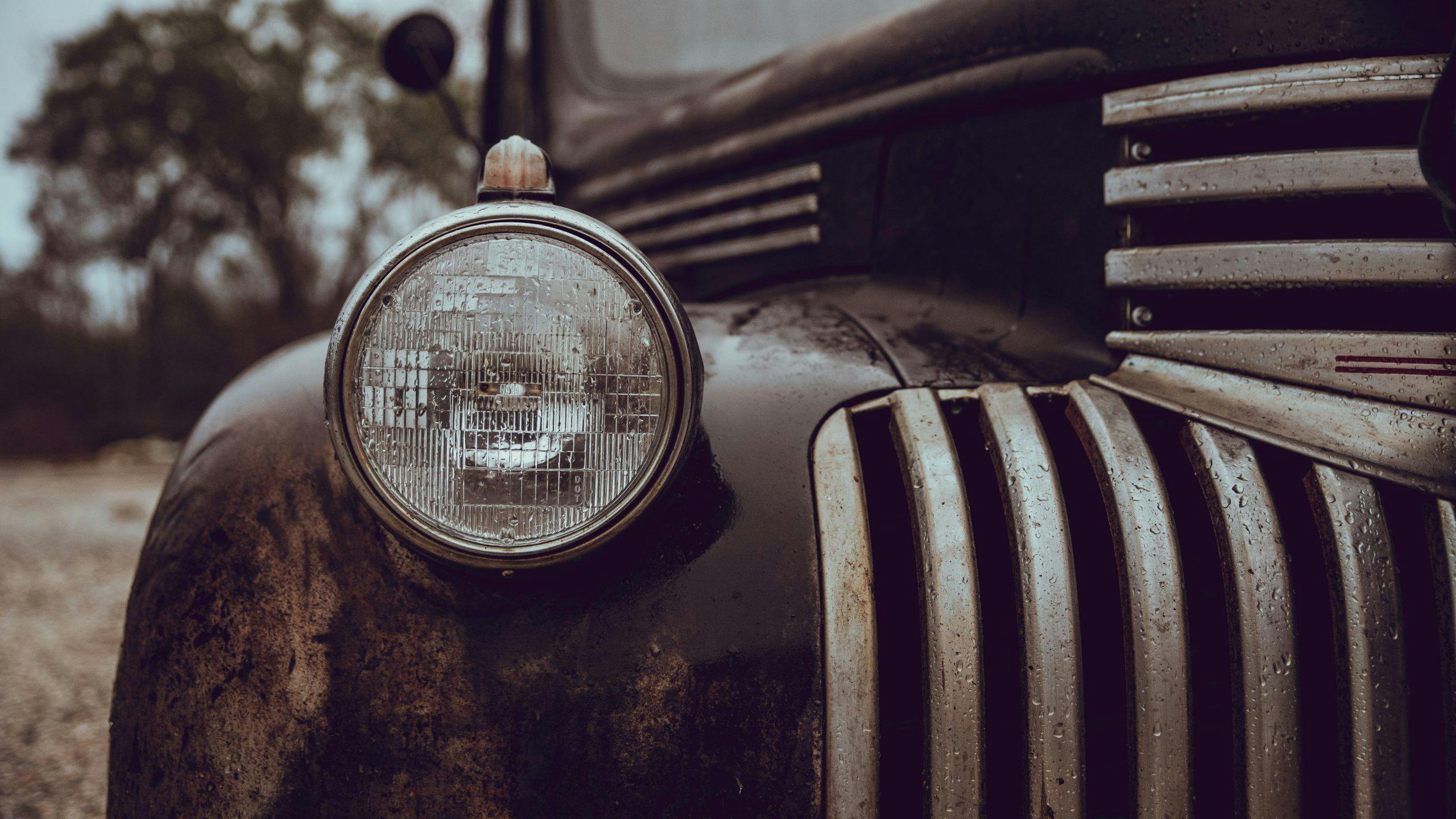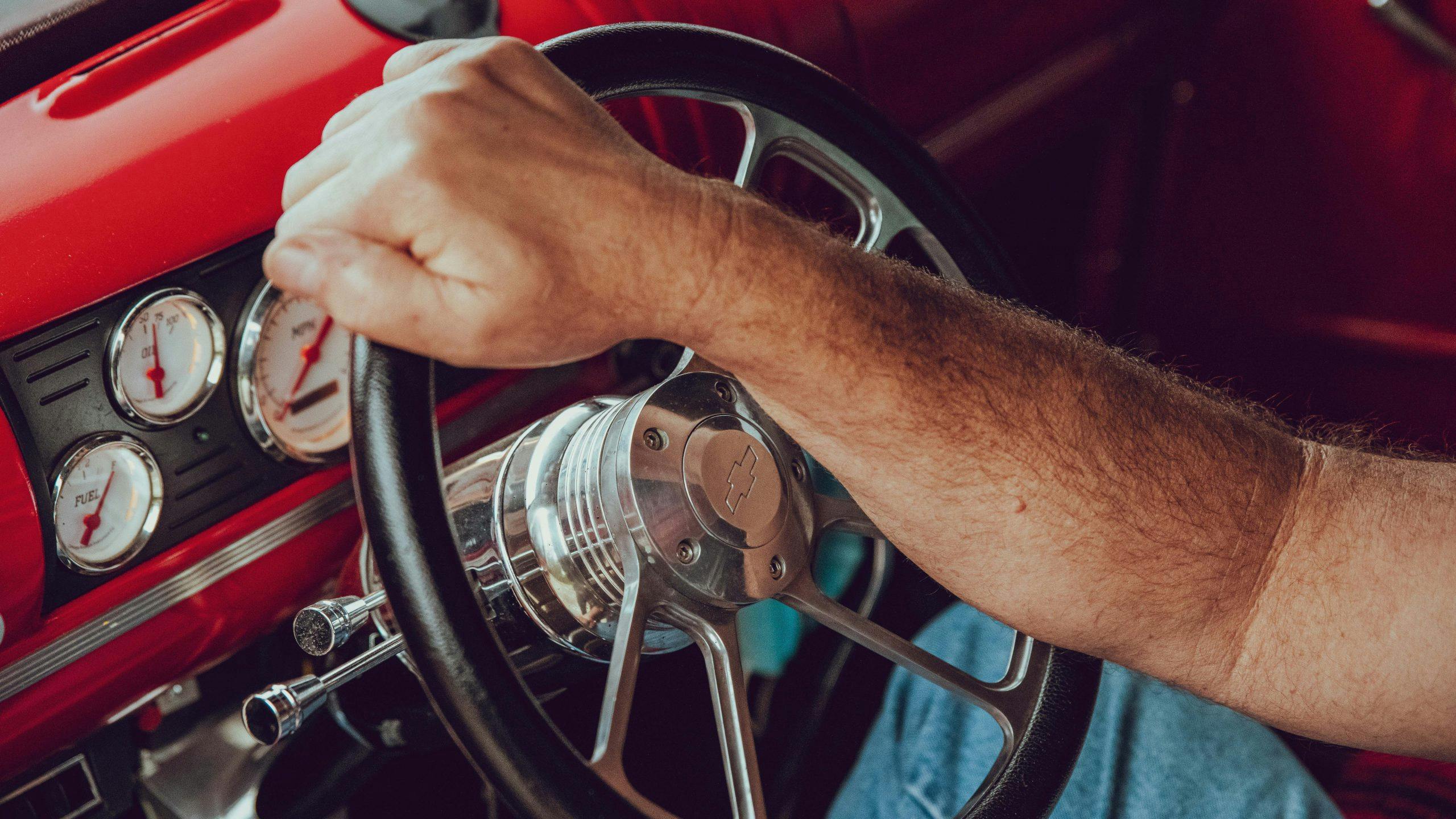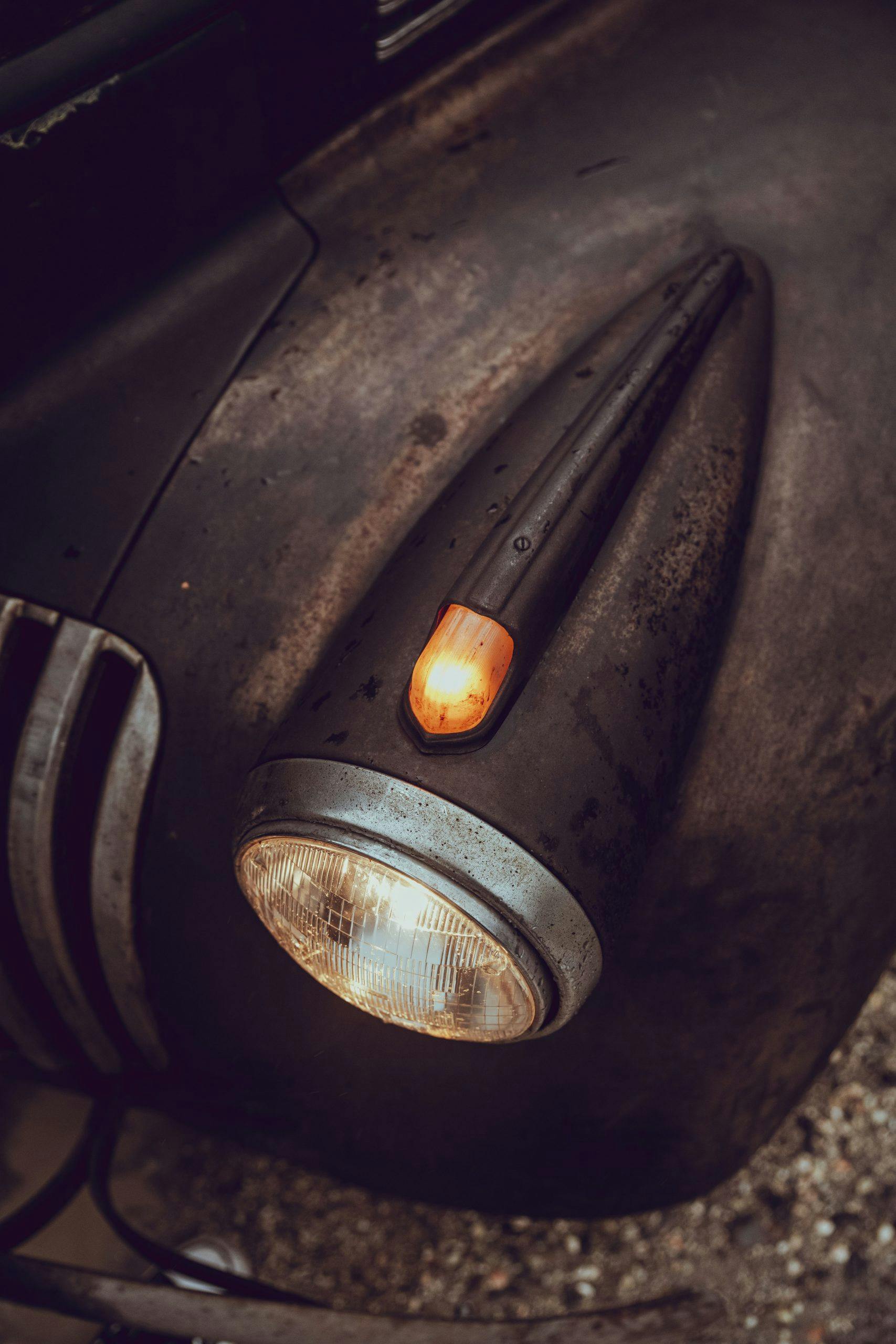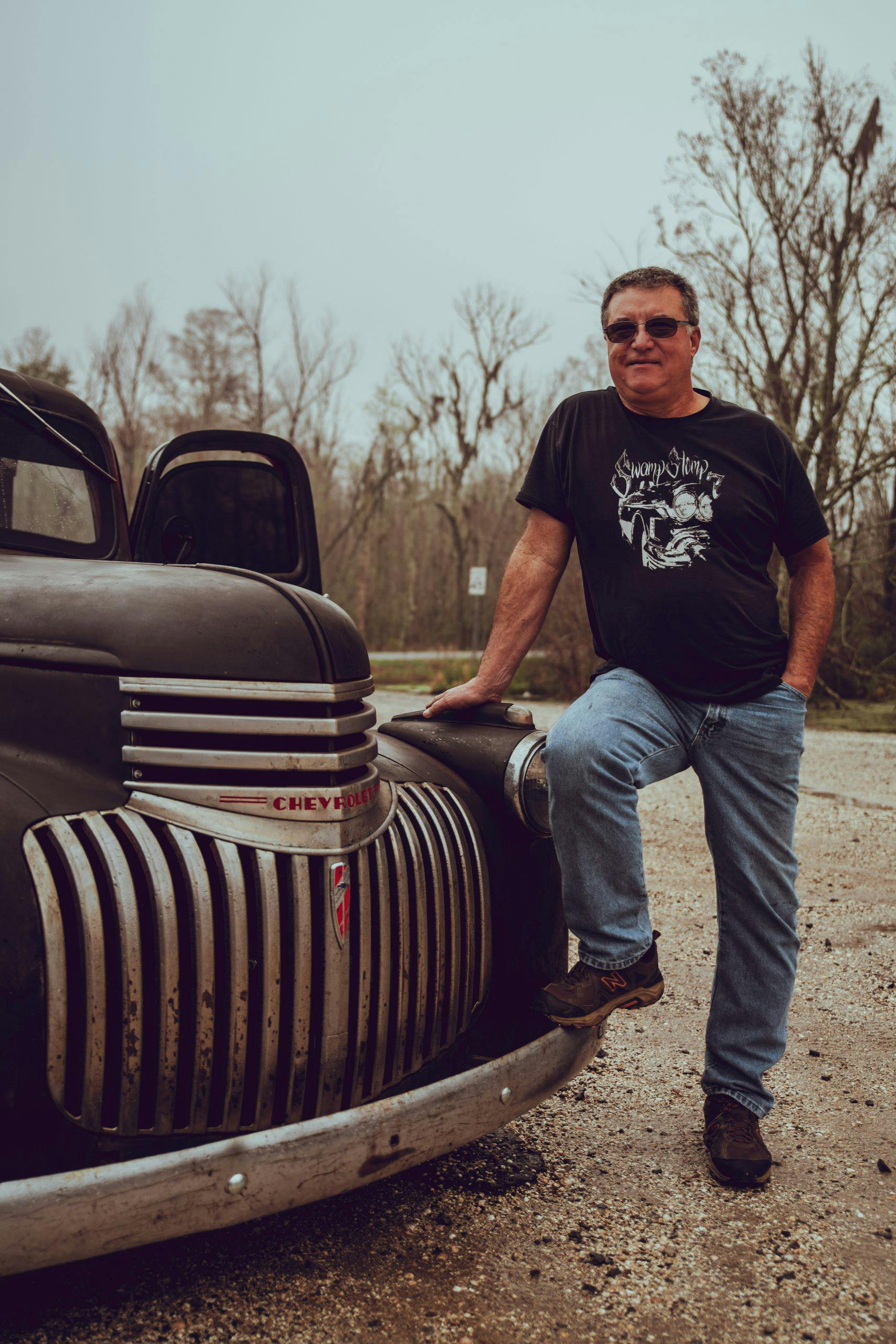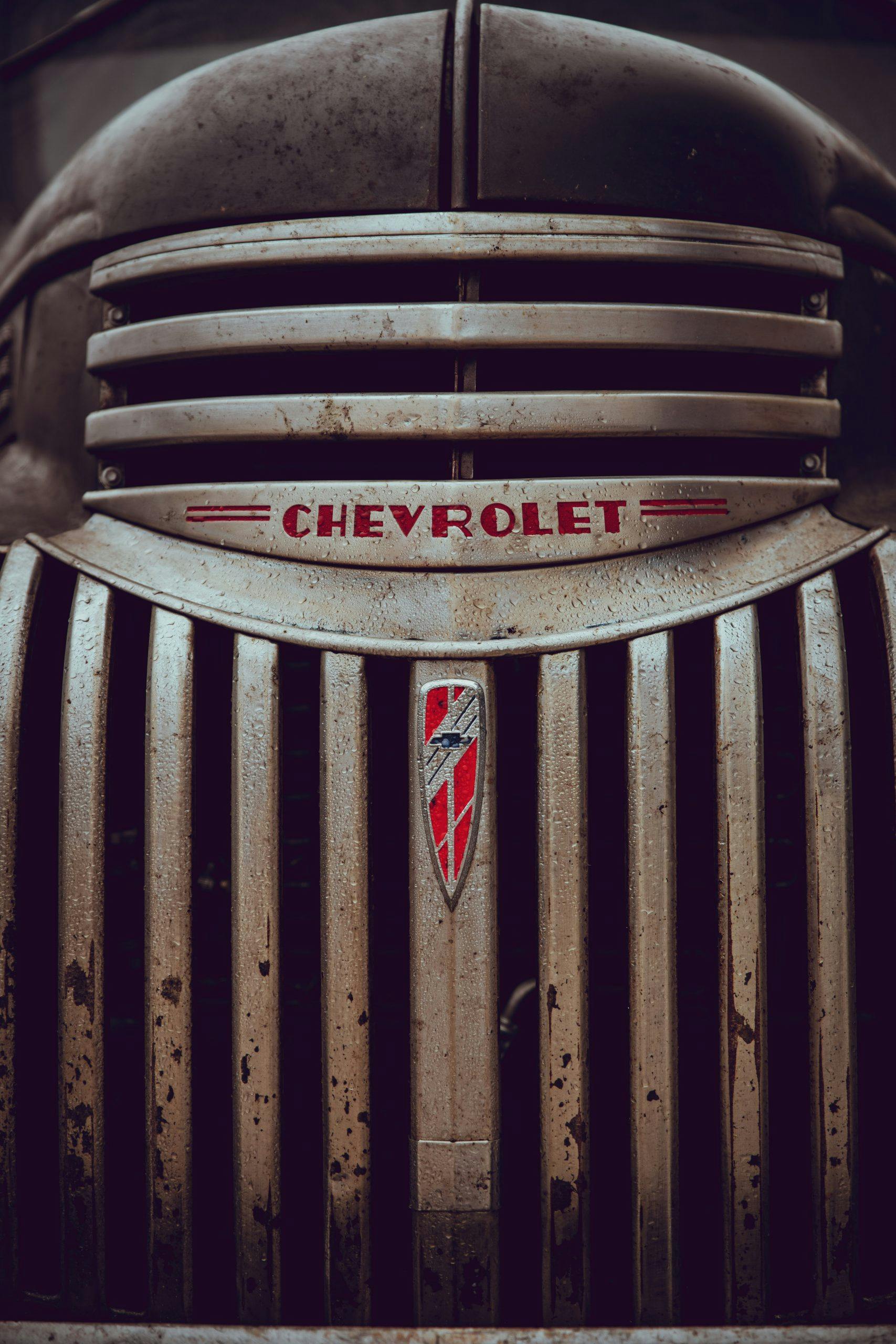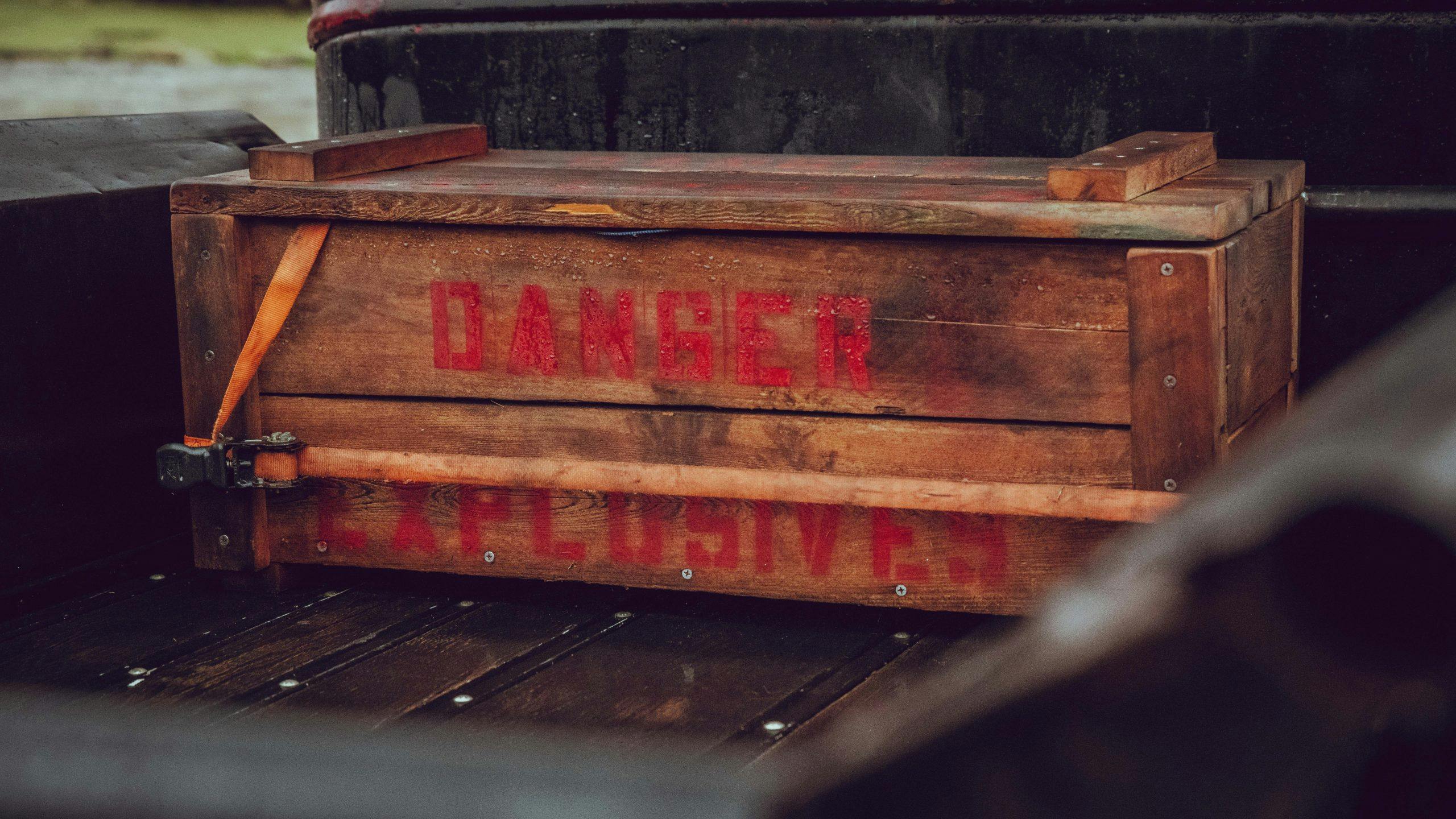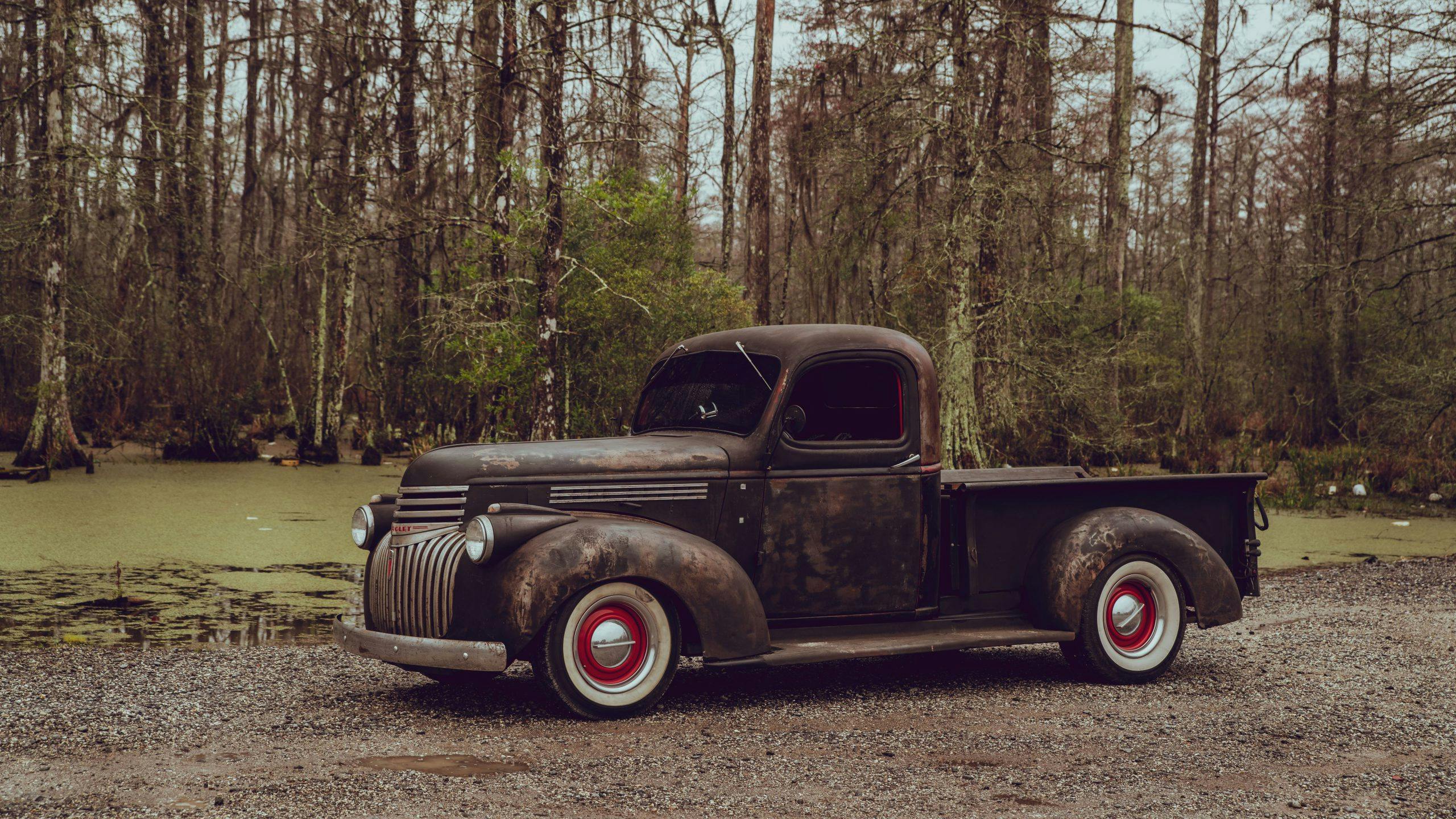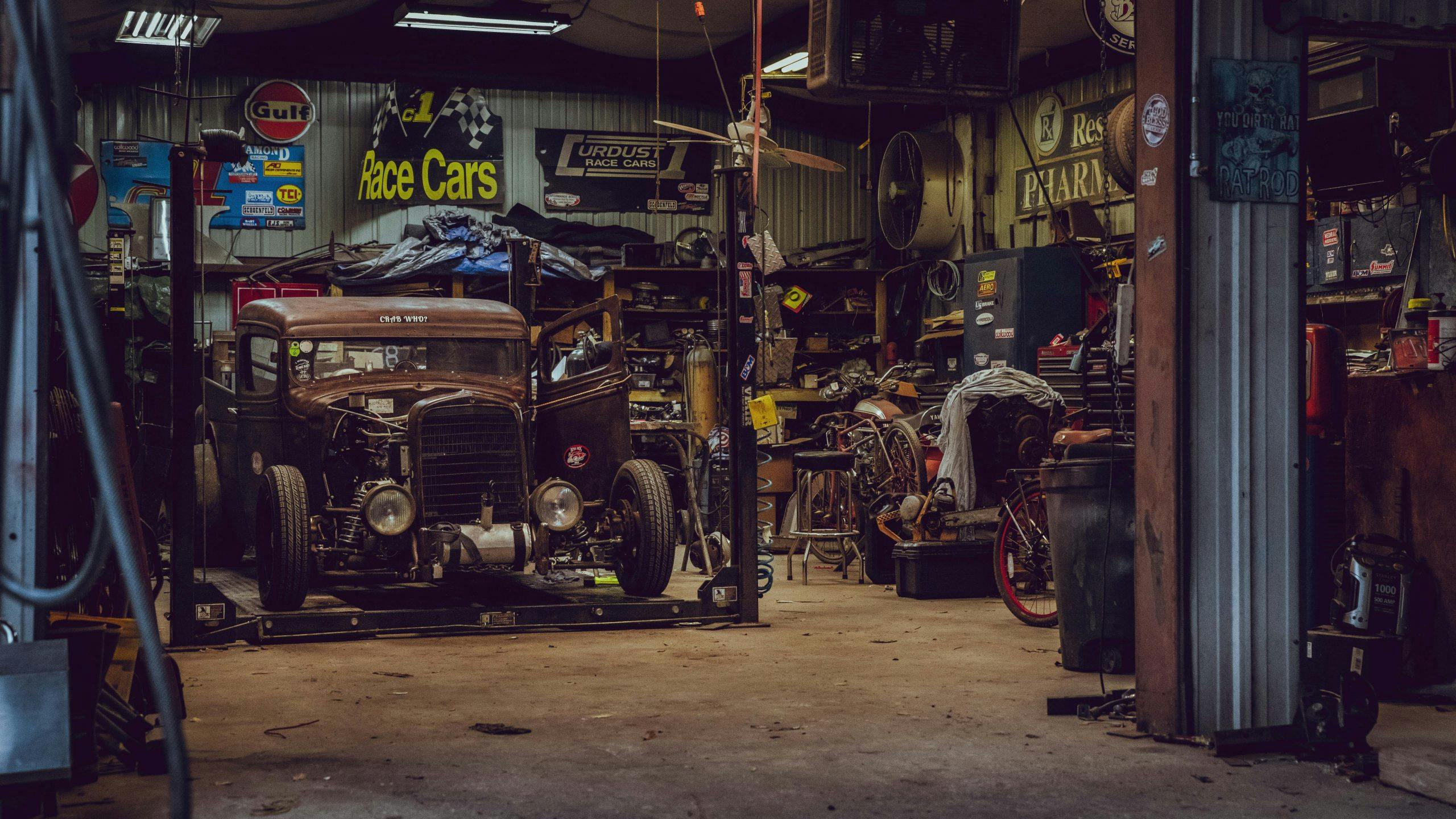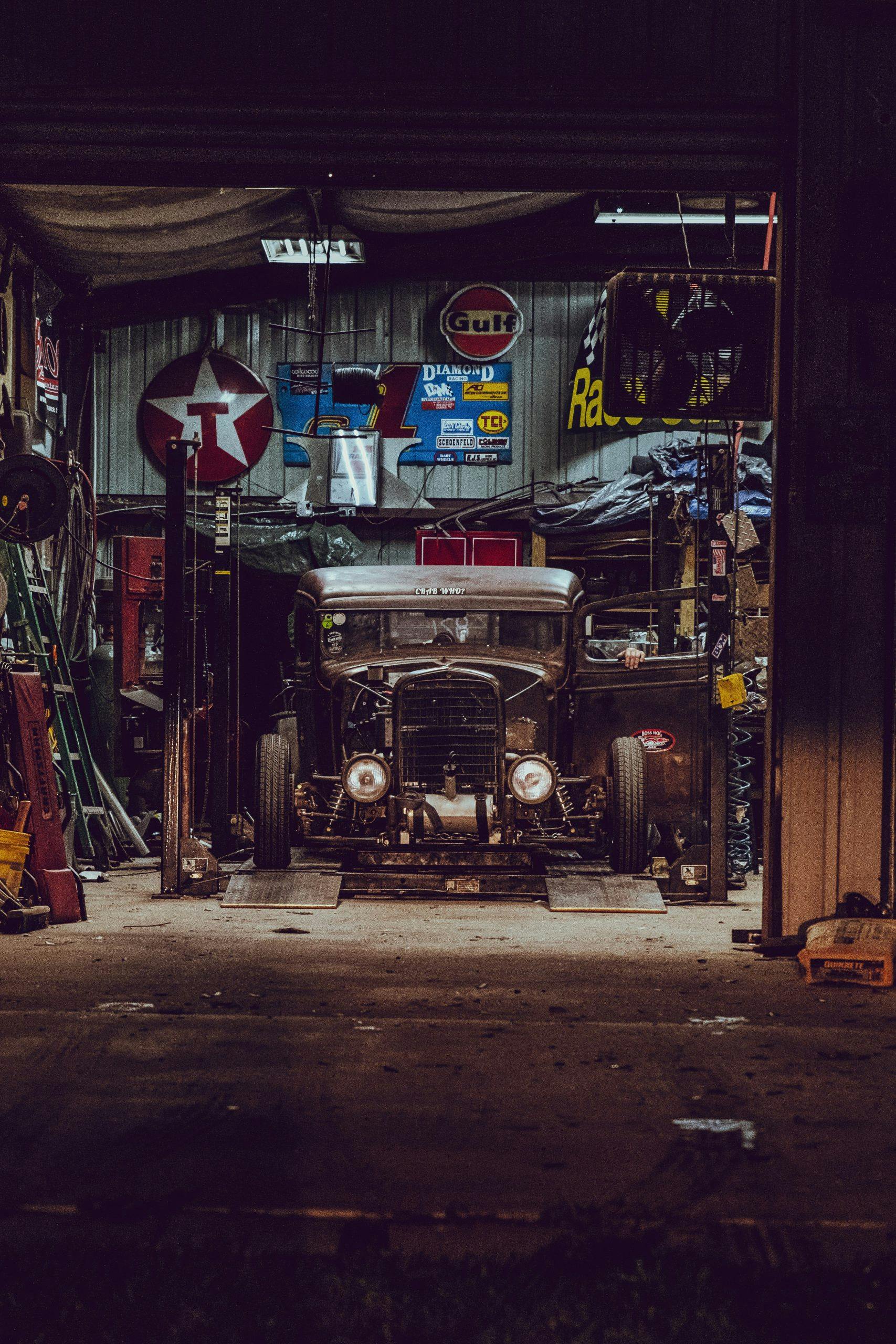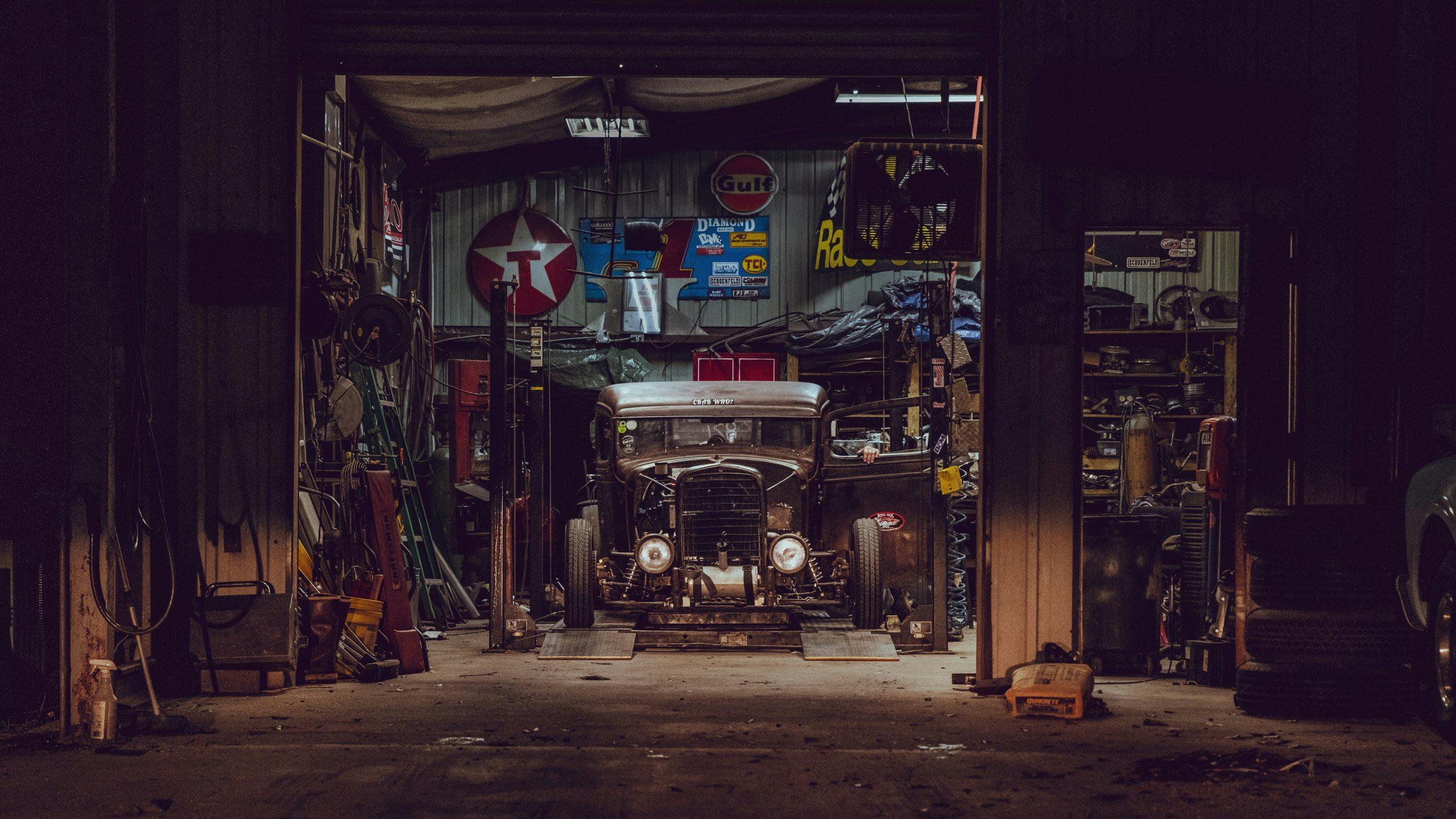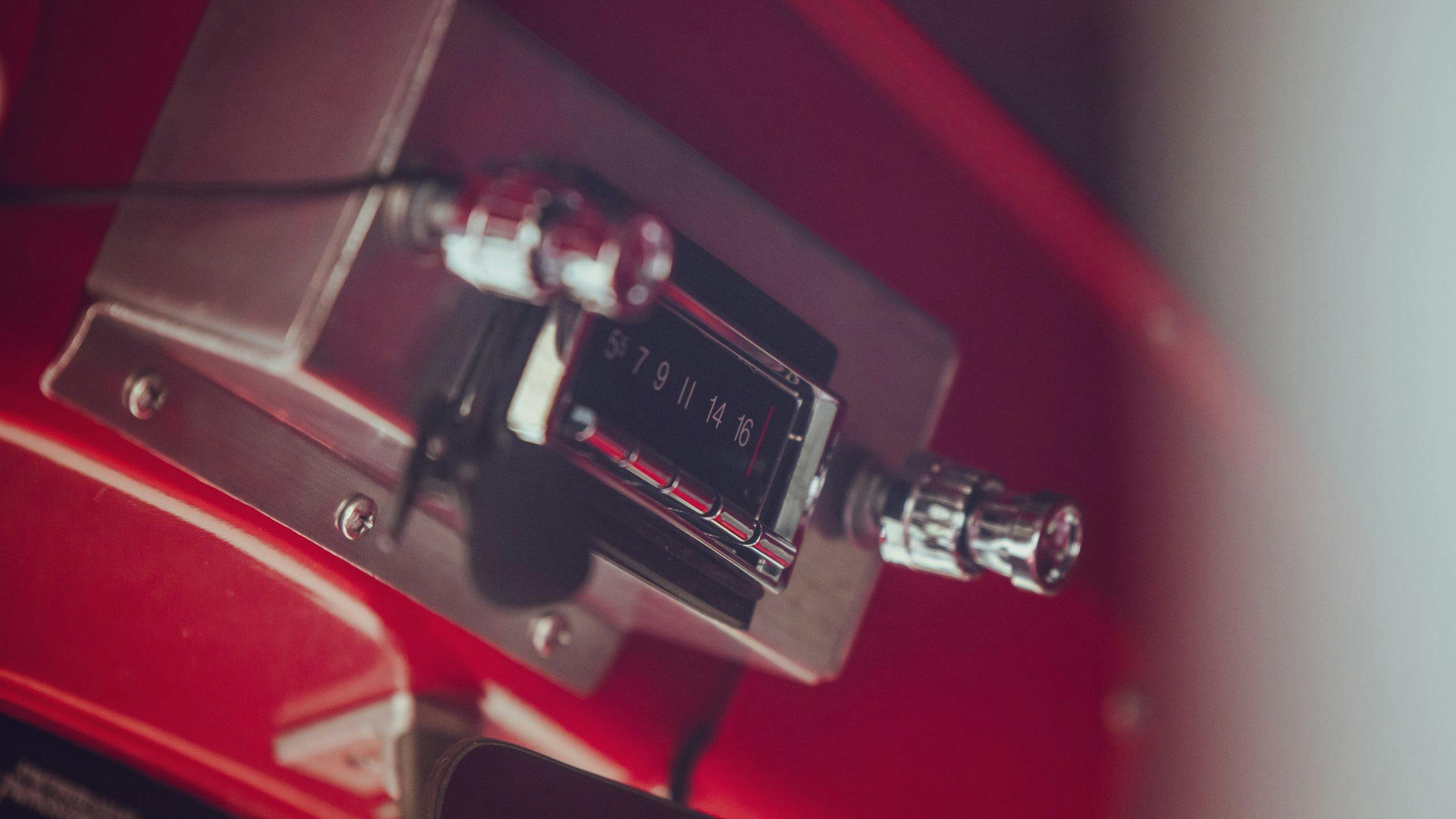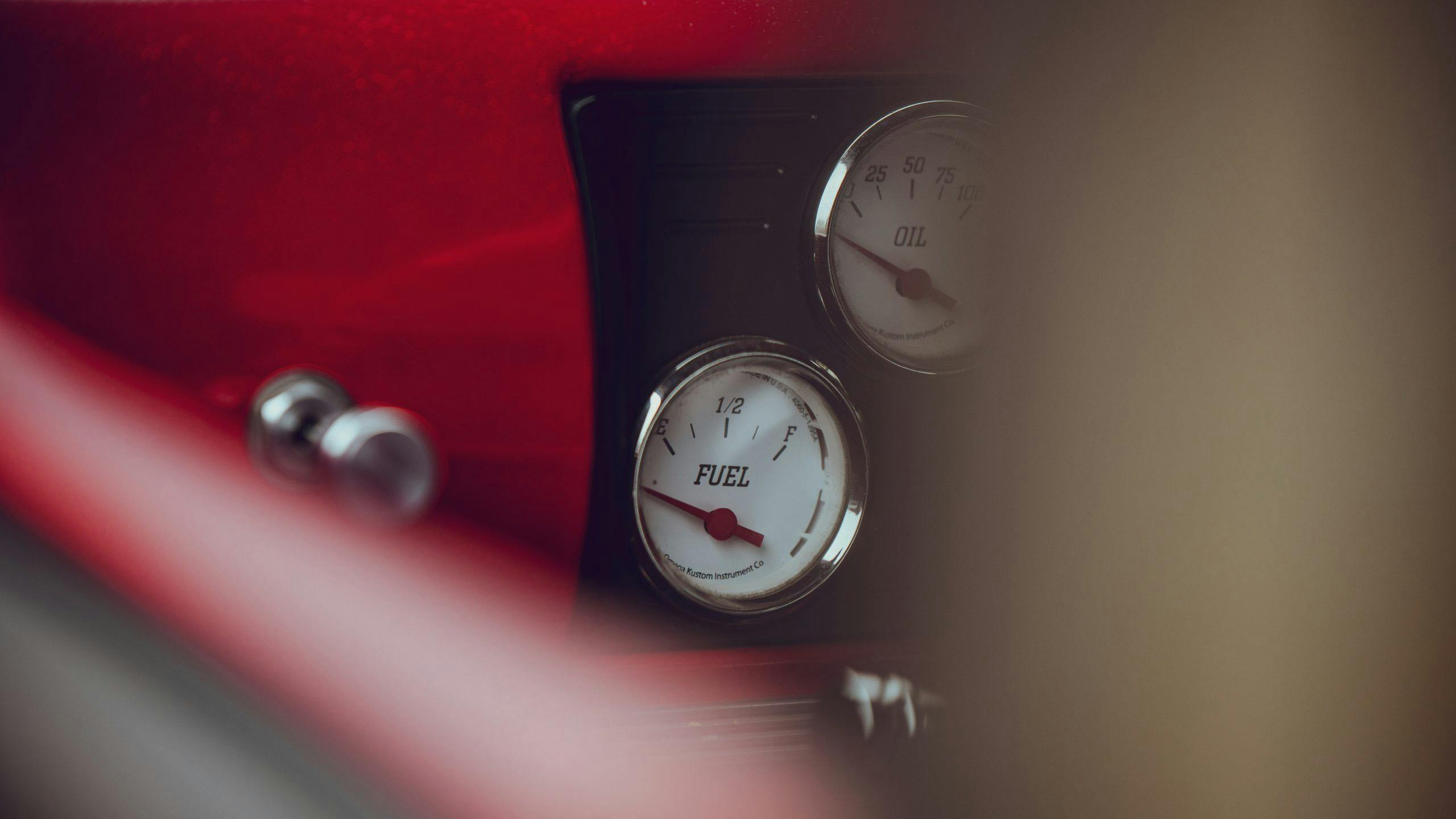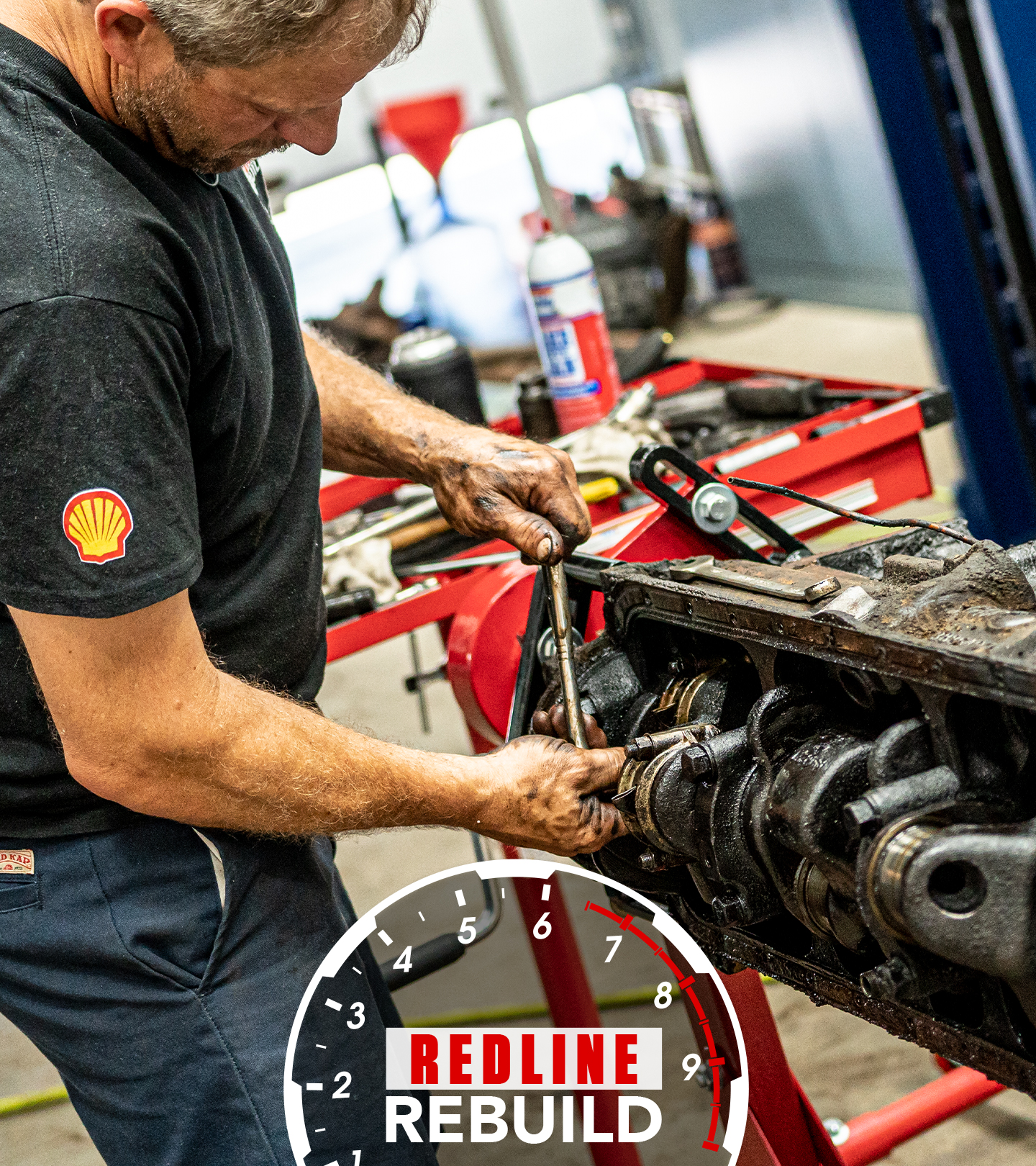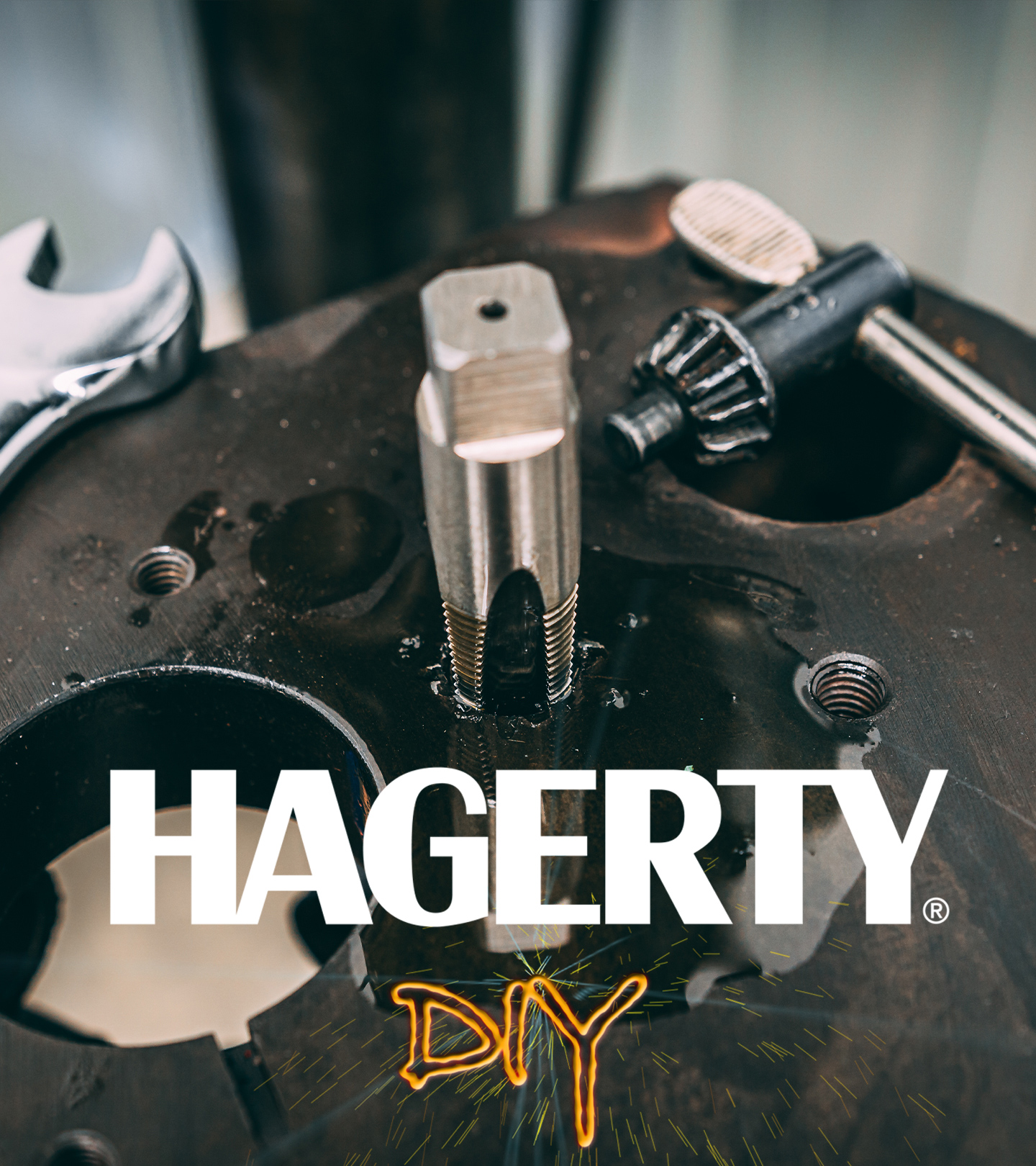Enjoy secretField-Truck Chevrolet stories, opinion, and features from across the car world - Hagerty Media
Across the United States are garages filled with the best of intentions gone awry. You know the story: Someone starts an automotive restoration only to end up stalled, owing to lack of funds, perhaps, or just as often to a lack of time, knowledge, or initiative. The disassembled car ends up spread across boxes full of jumbled parts. After a few years, the whole mess goes up for sale on Craigslist or Facebook.
Curtis Vicknair is the patron saint of these basket cases.
Even most competent mechanics, seeing these “For Sale” listings, will just keep scrolling. Who, after all, would want to add to the already complex task of restoring a car without knowing it’s all there and hoping that there’s some method to the scattered madness in those crates full of parts?
Curtis Vicknair, that’s who.
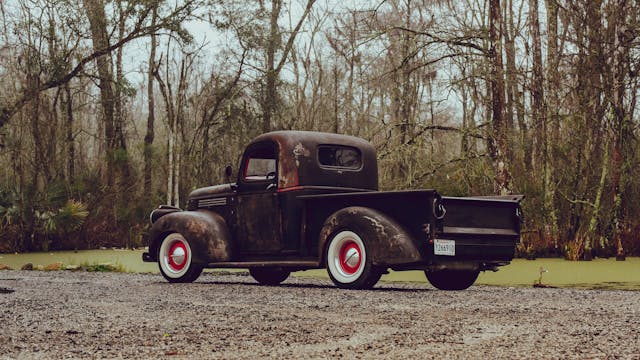
Take, for instance, his 1940 Chevrolet pickup. While relaxing one evening at his home in Reserve, Louisiana, Vicknair was sniffing around on Facebook Marketplace when a photo of an iconic grill caught his eye. Before long, he had purchased the truck that went with that grill. Of course, when he took possession of it, it was less a vehicle than a grab bag of parts and bolts and metal.
Vicknair loves driving these olds cars but he loves this part of the process—the puzzle-solving, the building, the creative workarounds—even more.
“My motto,” Vicknair says, “is built, not bought.”
While Vicknair’s raw fascination with cars is innate, his skill in building them came to full flower as a young man when he began working on, and eventually driving, circle track dirt cars. For 20 years, Vicknair spent his free time sliding around dirt tracks across Louisiana, an experience that taught him how to build reliable, powerful American engines, especially Chevrolets.

Vicknair has mellowed with age and his racing days are now a thing of the past (well, mostly), but he still spends his evenings and weekends out in his shop. In addition to this 1940 Chevrolet pickup—with the tidy small-block Chevy motor that he built for it—Vicknair is also hard at work on an 800-horsepower drag car that he cobbled together from pieces of a 1934 Chevrolet and a 1959 Dodge Coronet. It’s all held together by a homebuilt frame and powered by a turbocharged LS engine, which shoots flames and terrifies onlookers whenever Vicknair fires it up, something he is always happy to do.
As much as he loves building these old cars, however, Vicknair takes an ambivalent attitude towards painting them. In fact, he outright refuses to paint his pickup.
“The way I look at it,” he says, “it took 80 years to get it looking like this. Why would I ruin it by putting a different color of paint on it?”
That question—Why?—is one that comes up a lot during any visit to Vicknair’s shop. Why take on the headaches? Why this lifelong compulsion to build cars? Why build a 800-horsepower drag racer? Just … why?

“Building something yourself, there’s a lot of pride in it,” Vicknair says. “It’s just that pride that you built something, and now you’re driving it down the road. You can’t go buy a new car and have that feeling.”
So if you ever happen to wander up to Vicknair’s house and spy a dozen boxes of parts scattered around the shop, just know that that’s his next creation. Come back in a few weeks and he’ll give you a ride.
